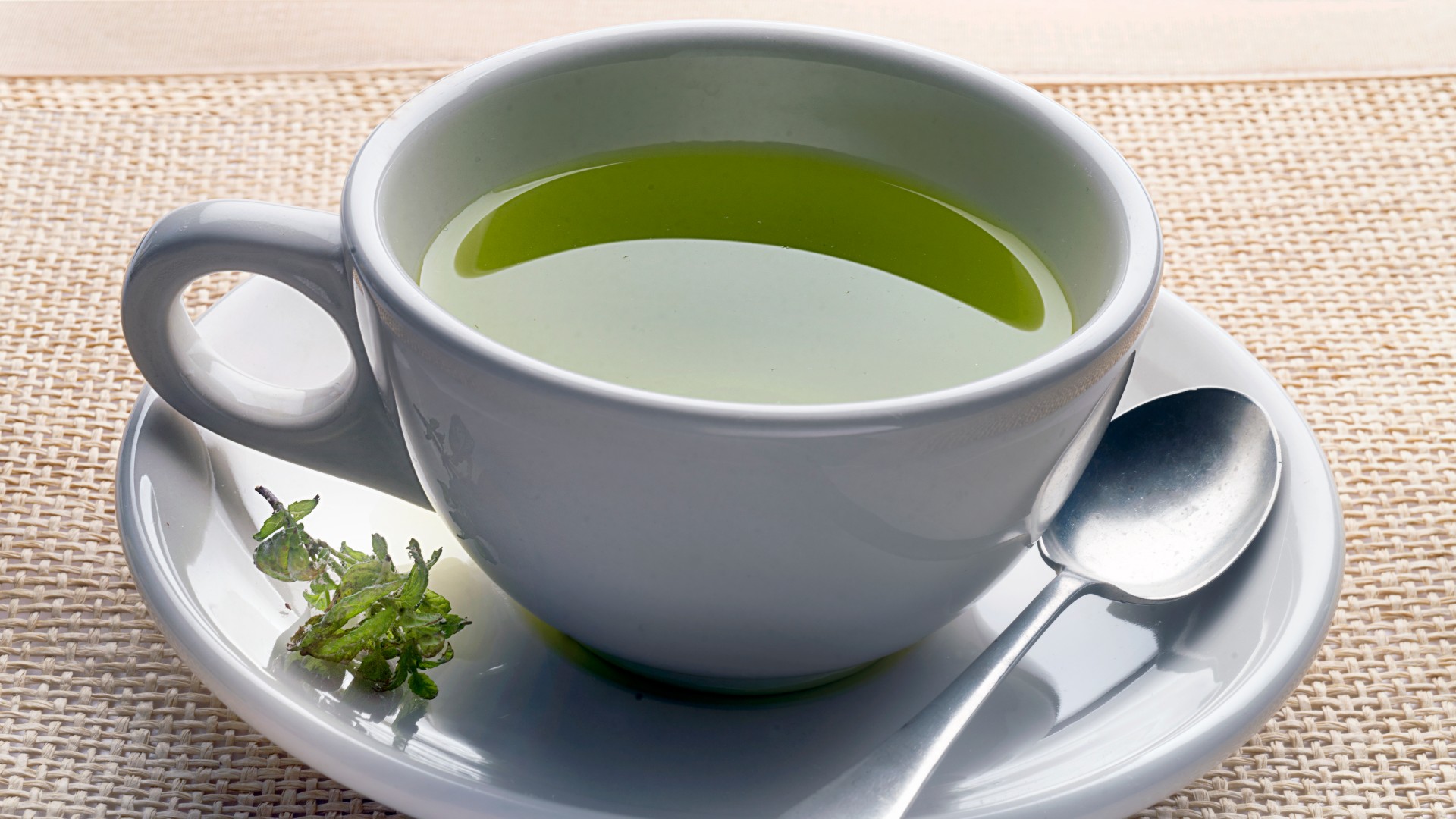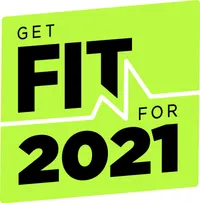6 ways to lose weight without dieting
You don't need to resort to restrictive diets to lose weight - instead, follow these sensible expert tips to help shed excess pounds


If you're wondering how to lose weight fast without feeling like you're limiting yourself on a traditional restrictive diet, we're here to help.
Alex Thompson, expert nutritionist for Holland & Barrett, says that you don’t have to go on a fad diet in order to lose weight - warning that these can often do more damage to your body than good in the long term.
‘Unfortunately, there’s no one single food that will instantly make you lose weight but reducing your intake of high fat and high sugar foods can help, as well as making sure you’re getting all of the essential nutrients your body needs,' he says.
'This does not mean that you can never drink alcohol or eat chocolate again; it’s okay to have these occasionally as a treat, but not as a daily habit.’
Myprotein nutritionist Jamie Wright has a MSc in Human Nutrition and is accredited with the Association for Nutrition. He says that weight loss ultimately boils down to one simple rule: 'If we eat less than we need to maintain our weight, then we’ll end up losing weight.’
In other words, burning more calories than you consume is the key.
Workout-wise, the best exercises for weight loss can help. And when it comes to fuelling your body, there are a few strategies you can use that don't require you to cut out any specific foods, rely on questionable supplements or track every single calorie you consume.
Start your week with achievable workout ideas, health tips and wellbeing advice in your inbox.
Control your portion sizes
Your hands can be a useful tool when it comes to losing weight.
We're not suggesting that you start eating your meals without cutlery. Instead, your hands can help you gauge appropriate portion sizes.
Jamie says this is a super simple technique to avoid overloading your plate with excess calories when making main meals or eating on the go.
He advises following the rough rule of thumb (as it were) outlined below for every meal:
- Protein: one palm-sized portion
- Fruit and/or vegetables: one palm-sized portion
- Wholegrain, complex carbs: half a palm-sized portion
- Healthy fats: one thumb-sized serving
So, next time you’re scooping nut butter from the jar, aim to keep the scoop roughly no bigger than your thumb. And when you’re dishing out brown rice, compare it to the size of half your palm.
Prioritise protein
Following the portion-size guide above will naturally increase your intake of protein, which plays a pivotal role in any approach to weight loss.
Studies have shown that a high-protein diet actually increases resting energy expenditure (the amount of energy your body burns during non-active periods). What's more, protein is much harder for the body to store than dietary fat.
Plus, protein helps you stay fuller for longer, which in turn can stop you snacking between meals and reaching for sugary, non-nutritious foods.
Specifically, protein helps lower levels of ghrelin, the hunger hormone, and increases levels of our 'feel full' hormone, leptin. In fact, a study in the American Journal of Clinical Nutrition found participants who ate a high-protein breakfast snacked less throughout the day on high-fat and high-sugar snacks.
Protein also requires more energy to break down and digest - more so than carbohydrates and fats. So increasing your intake could mean that more calories are burnt by the body.
Struggling to get your protein in first thing? Mix one of these best protein powders for weight loss in with your oats for a filling bowl of porridge. Top with some fruit and Greek yogurt to help you feel full until lunch.
Reduce your eating window
‘One of the simpler ways of cutting down calories for managing your weight is to simply reduce your eating window,’ says Jamie. This is simply the number of hours that you allow yourself to eat during the day, commonly referred to as intermittent fasting.
According to Jamie, it's a technique that has been around for millennia that has more recently has been popularised for weight loss and management.
It's an effective approach as, whilst no food is strictly 'off limits', it stops you from eating or grazing around the clock. What's more, it also kicks your body into ketosis, a metabolic state that causes your body will tap into its fat reserves and use that as fuel.
‘Try reducing the time you have your meals each day to a six-hour window and pack them full of protein, veggies, fruits and fibre-rich carbs,’ suggests James.
This could mean only eating between 12 and 6pm. Or if that feels too tricky, expand your eating window to 10 hours and eat between the hours of 10am and 8pm. For more guidance, take a look at our how to lose weight by fasting guide.
Eat more fibre
Fibre is great for weight loss according to Alex, who advises working more high-fibre foods into your day-to-day diet.
‘Fibre has been found to stop sugar cravings,' she shares. 'As soluble fibre dissolves in your digestive system, it creates a gel-like substance that slows down the rate at which food is been digested.' This helps avoid a spike in blood sugar that's typically experienced after consuming sugar or refined carbs.
These spikes usually result in hunger coming on more quickly - and cause us to crave another 'hit', leading us to reach for similarly sugary or carb-heavy foods.
In contrast, after eating foods high in soluble fibre, you’re likely to feel fuller for longer.
High-fibre foods that can help you to curb your appetite include wholegrain bread, oats, wholemeal pasta, fruit and vegetables.
Indulge with fruits
Nature’s candy isn’t just a great substitute for chocolate bars and sweets. Fruits also have the advantage of being low-calorie options that are natural and still taste delicious.
As per the point above, fruit is full of fibre, along with other factors that fill you up Alex says: ‘High in nutrients, water content and fibre, fruit contributes to the feeling of satisfaction each time you eat and can help you feel fuller for longer.'
However, the real kicker is the fact that they can act as a substitute for sugary treats.
'Because they’re still sweet, choosing fruit instead of a processed snack can be a healthy alternative to satisfy any sugar cravings,’ says Alex who recommends fruits like berries, watermelon and apples.
Drink more tea

To be clear, we aren't talking about those laxative teas that are often dubbed as 'weight loss solutions'. Instead, Alex recommends drinking green tea if you are trying to lose weight.
‘Green tea extract is filled with antioxidants, including catechin, which has been found to boost metabolism and help the body burn fat as energy,' she says.
'Drinking green tea alongside a balanced diet can help to reduce fat mass and keep you hydrated.'
It's for this exact reason that a daily cup of matcha green tea plays a pivotal part in our flat tummy diet plan.
However, as with all of these tips, there is one proviso: 'It won’t work if you’re eating more calories than you’re burning.’
So in addition to your green tea, portion-size control and increased protein intake, make sure you stay active enough to create a calorie deficit to see your weight start to reduce. Try using one of the best fitness watches to track your daily calorie expenditure.
Get Fit for 2021 with Fit&Well
As the sun rises on a brand new year, Fit&Well is here to help put last year behind you and make 2021 your happiest, healthiest yet. Here at fitandwell.com, we’ll be bringing you a wealth of workouts, diet plans and expert advice throughout January to help kick-start your health and fitness goals.
Lucy is a freelance journalist specializing in health, fitness and lifestyle. She was previously the Health and Fitness Editor across various women's magazines, including Woman&Home, Woman and Woman’s Own as well as Editor of Feel Good You. She has also previously written for titles including Now, Look, Cosmopolitan, GQ, Red and The Sun.
She lives and breathes all things fitness; working out every morning with a mix of running, weights, boxing and long walks. Lucy is a Level 3 personal trainer and teaches classes at various London studios. Plus, she's pre- and post-natal trained and helps new mums get back into fitness after the birth of their baby. Lucy claims that good sleep, plenty of food and a healthy gut (seriously, it's an obsession) are the key to maintaining energy and exercising efficiently. Saying this, she's partial to many classes of champagne and tequila on the rocks whilst out with her friends.

